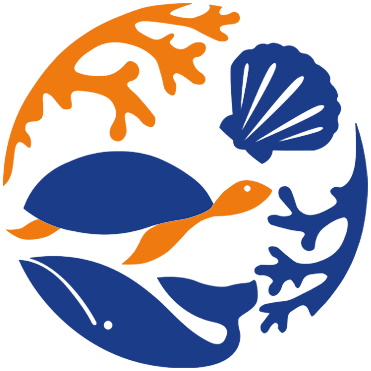Desmonema gaudichaudi (Lesson, 1832)
Google image |
No photo available for this species.
Classification / Names Populärnamn | synonymer | CoL | ITIS | WoRMS
Scyphozoa | Semaeostomeae | Cyaneidae
Environment: milieu / climate zone / djupintervall / distribution range Ekologi
Pelagiska; djupintervall 200 - 3000 m (Ref. 122852). Polar; 35°S - 78°S, 180°W - 180°E
Distribution Länder | FAO områden | Ekosystem | Förekomster | Utplanteringar
Southern Pacific, Southwest Atlantic, Sub-Antarctic and Antarctic: from Cape Horn Chile, to North Island New Zealand and Antarctica.
Length at first maturity / Size / Weight / Age
Könsmognad: Lm ? range ? - ? cm Max length : 60.0 cm WD hane/ej könsbestämd; (Ref. 2992)
Short description Morfologi
Life cycle and mating behavior Könsmognad | Reproduktion | Lek | Eggs | Fecundity | Larvae
Main reference
referenser | Koordinator | Medarbetare
Kramp, P.L. 1961 Synopsis of the medusae of the world. J Mar Biol Ass UK 40:1-469. (Ref. 2992)
IUCN Red List Status
(Ref. 130435: Version 2025-1)
CITES status (Ref. 108899)
CMS (Ref. 116361)
Threat to humans
Human uses
| FishSource |
Verktyg
Ytterligare information
Födosammansättning
Födointag
Predatorer
Max. ages / sizes
Length-weight rel.
Length-length rel.
Length-frequencies
Mass conversion
Abundans
Internet-källor
BHL | BOLD Systems | CISTI | DiscoverLife | FAO(Publication : search) | Fishipedia | GenBank (genome, nucleotide) | GloBI | Gomexsi | Google Books | Google Scholar | Google | PubMed | Tree of Life | Wikipedia (Go, sök) | Zoological Record


